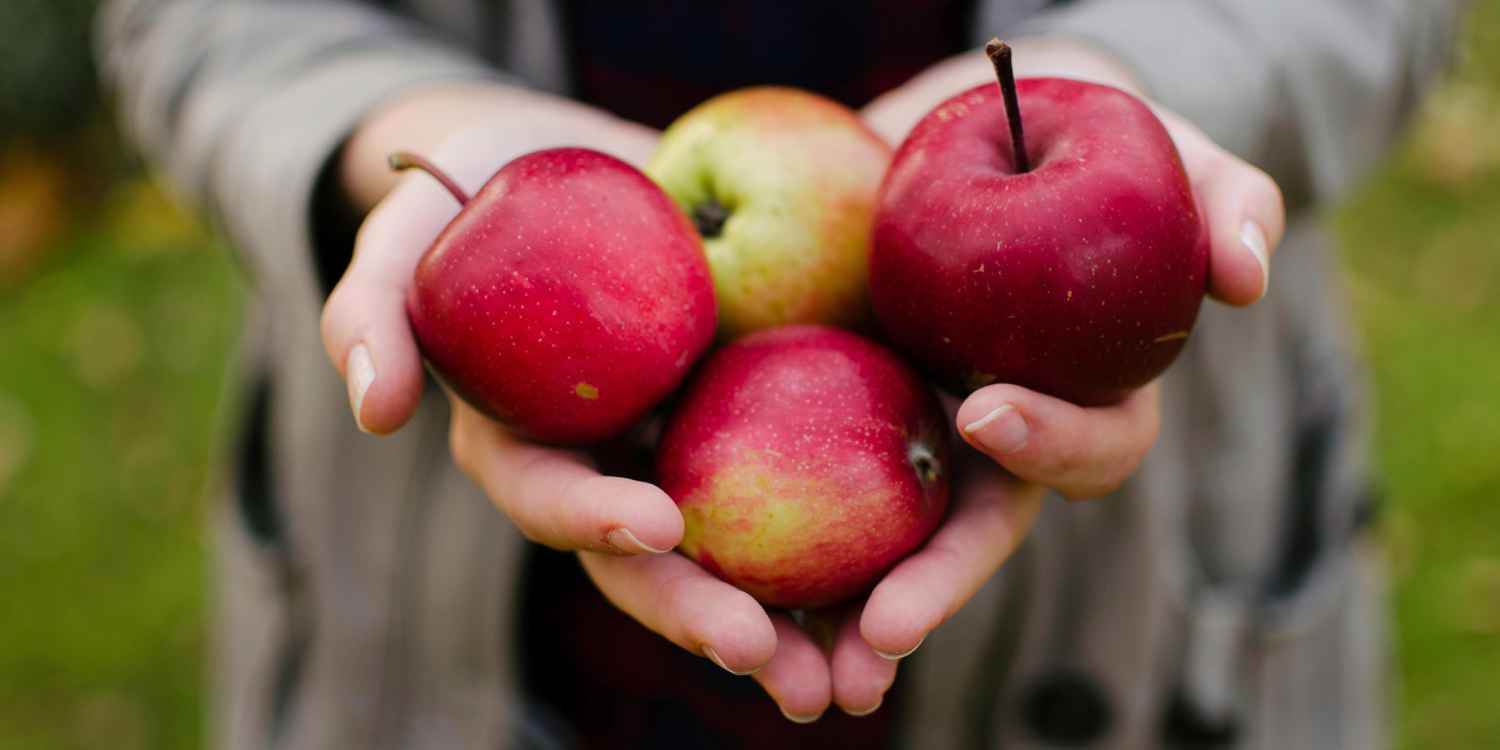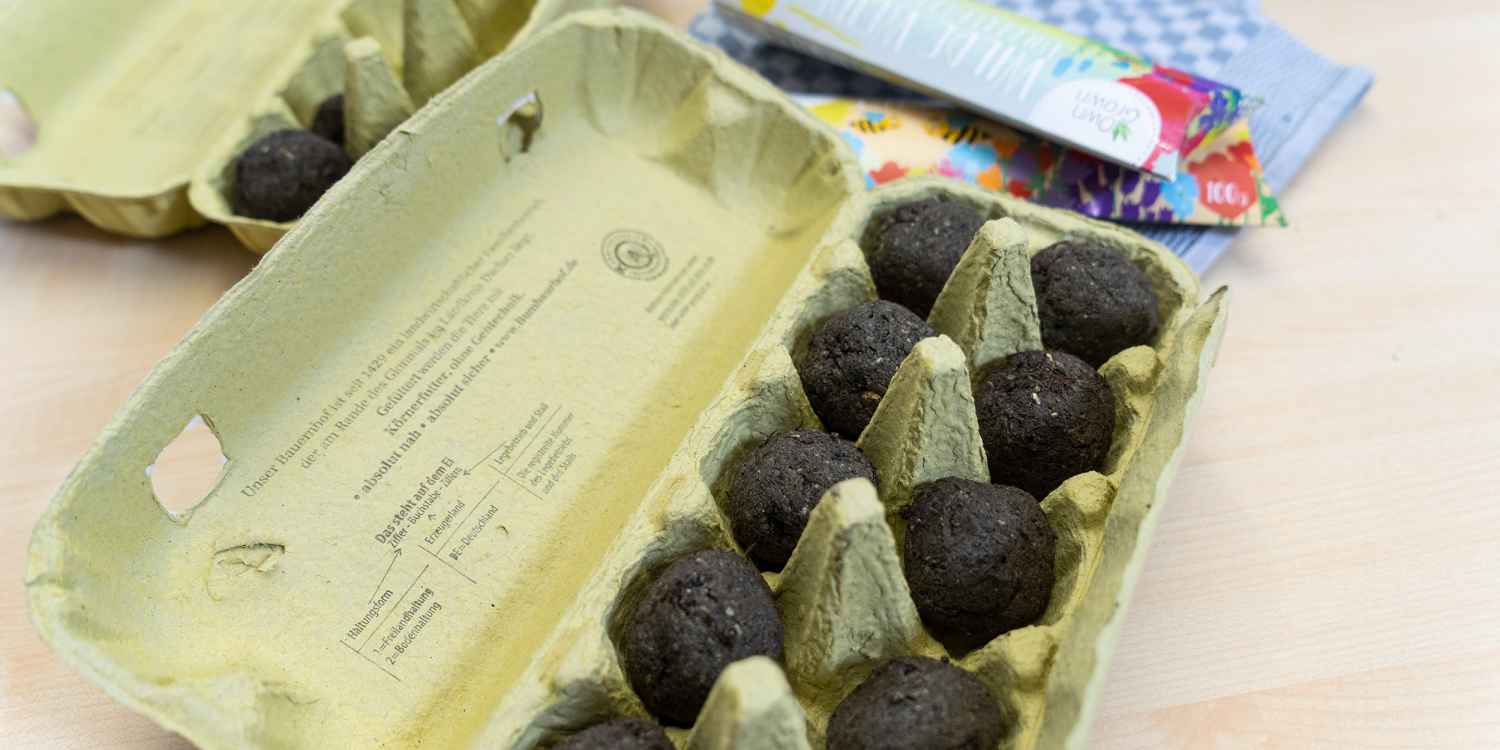Buying organic foods for the sake of biodiversity? Exactly! It may sound so simple. But it is really a very effective way to do something to foster biodiversity and maintain the quality of soil. An organic farm is characterised in particular by its more conservative agricultural practises, its reduced use of pesticides and the attention it pays to the cycles of nature. As a result, organically farmed areas have a much wider variety of species on them than comparable conventional farms do. Healthy soil also acts a carbon sink. This also bolsters climate protection.
Of course, organic products are somewhat more expensive. But the price is generally justified. The differences in prices for fruit and vegetables are frequently not so great. But meat prices are certainly much higher. But, maybe, you can cut back on the amount of meat you eat. Then, you will be able to afford the organic variety.
The rule of thumb for shopping: The more organic and regional products you buy and the higher the standard (e.g. Demeter, Bioland, Naturland etc.), the greater the biodiversity.











